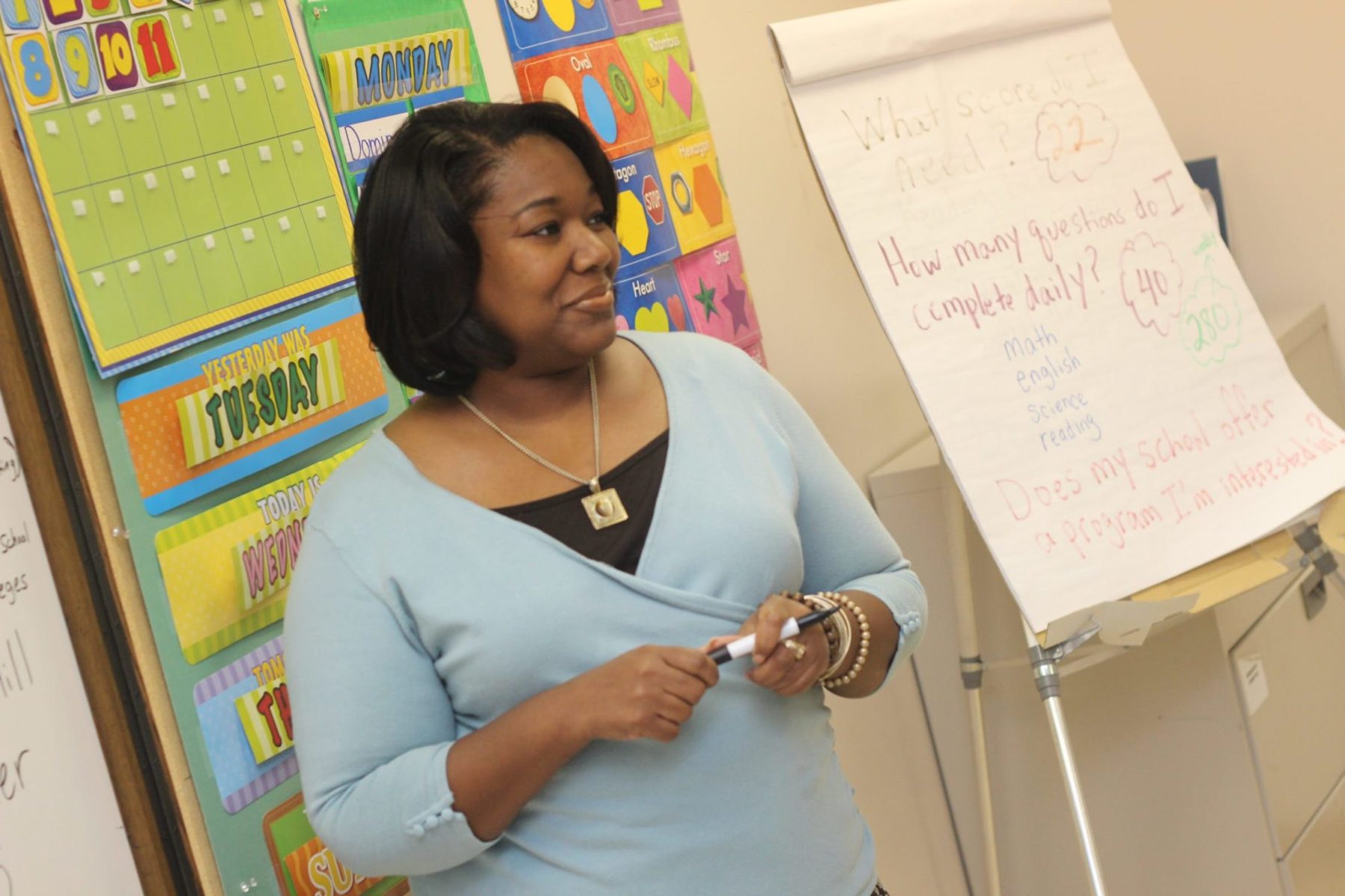How to Teach When Physical Distancing Is Required

Anyone who works with children can tell you how important it is for adults to be physically close to the kids in their care. Proximity and physical touch play a vital role in the student-teacher relationship. Getting close is especially helpful when your approach is gentle and positive.
With schools and daycare centers starting up amidst a pandemic, this is simply not always possible. Regulations in place mean that we cannot put a hand subtly on a child’s shoulder and get close enough to whisper in their ear. How can we maintain our integrity as teachers while needing to keep a specified measurement of physical space between ourselves and our learners?
The trick is finding ways to reduce the times you need to raise your voice and increase your strategies for creating a warm and peaceful classroom environment that works like a well-oiled machine. How to teach when physical distancing is required:
Nonverbal Signals
Hand signals or call and response clapping is a great way to get children’s attention fast without having to raise your voice. Calling out over chatter or across the room is not very effective, and along with feeling frustrated, you may lose your voice pretty quickly.
The trick with nonverbal signals is teaching them explicitly and providing a lot of consistent practice.
Once you do have the attention of your little learners, speak in a hushed voice, even if you’re six feet away.
Your Voice is the Loudest Voice in the Room
A teacher should always remember this. The adult in the room has the power to set the volume. Raising one’s voice over the many voices of small children seems automatic, especially when we can’t get close, but resist the urge. The truth is, children will reflect the volume of their guide’s voice. Find a way to alert a child when you need to tell them something and then speak quietly and calmly. You can even whisper to a whole group.
Auditory Cues
Remember when you were a child and the school dismissal bell would ring, prompting all the kids to tumble over each other and out the door? School dismissal bells don’t work very well to create a peaceful exit, but they do demonstrate how powerful auditory signals can be.
Instead of an anxiety-provoking classic school bell, go for a zen-like chime. Teach children early on in the year exactly what to do (freeze, empty their hands, look, and listen) and use it consistently, without overdoing it.
You can also use music on a timer to signify that it’s time to clean up or time to start your work period (classical is best for work time).
Strong Routines
Setting up predictable routines and procedures from the first day of school will make all the difference in creating a peaceful preschool environment.
Children’s anxiety will drop because little ones love to know what to expect as well as how to “do things the right way”. Empower your students so you can avoid having to constantly remind and intervene, but know that this takes a lot of practice at the start of the year and throughout.
Prioritize the Relationship
Some children require more attention or reminders than others. Be aware of whether you are needing to redirect a particular child often. Since you are limited to discipline from afar, you may find yourself having to call out a certain child or two frequently.
Notice if someone is being singled out. We don’t want to create the personal narrative of a “troublemaker” for any of our students. Decide when to ignore and address behavior at a later time when you can speak to a child one to one. Preserving the relationship comes first.


